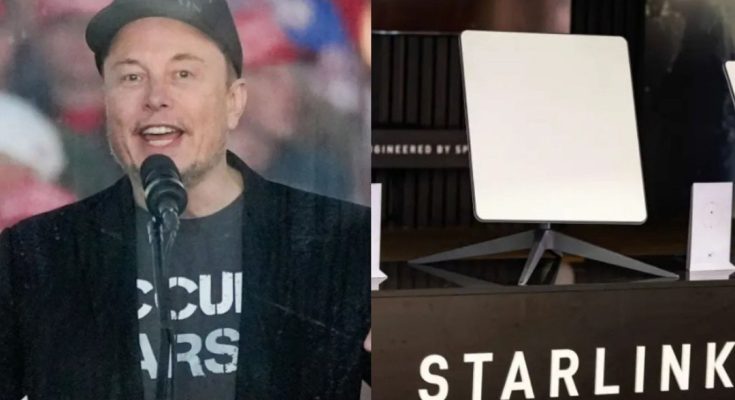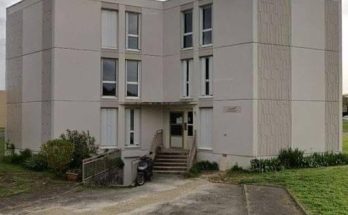When disaster strikes, reliable communication becomes more critical than ever. That’s why many Hurricane Helene survivors were thrilled when Elon Musk’s Starlink announced it would provide free internet for 30 days in affected areas. However, the promise of “free” internet quickly came under scrutiny when survivors discovered they would still need to shell out $400 for the necessary hardware.
What is Starlink, and How Does It Work?

Starlink, a subsidiary of SpaceX, aims to provide high-speed satellite internet access to underserved or remote areas. Using a network of satellites orbiting the Earth, Starlink delivers internet to users through a satellite dish, which is often referred to as a “terminal.” The service has been praised for its potential to bridge digital divides, but it also comes with some hefty setup costs, notably the hardware required for the connection.
For those living in areas where traditional internet infrastructure is unreliable or non-existent, Starlink has become a viable alternative. However, its recent response to Hurricane Helene has raised questions about whether it truly offers the help it claims.
The Promise of “Free” Internet for Hurricane Helene Survivors
In the wake of Hurricane Helene, which left a trail of destruction across the southern United States, Starlink announced a plan to provide free internet for 30 days to survivors. The offer seemed like a lifeline to many, especially in communities where conventional communication networks had been obliterated. Musk himself retweeted a post from Starlink, which stated that “Starlink terminals will now work automatically without need for payment in the areas affected by Hurricane Helene.”
This announcement quickly went viral, gaining millions of views and generating hope among those struggling to rebuild their lives. The implication was clear: survivors wouldn’t have to pay anything for internet access during this critical time. But as details emerged, it became evident that this offer wasn’t as “free” as it appeared.
The Catch: A $400 Hardware Fee
Survivors soon found out that while the internet service itself might be free for 30 days, they still needed to purchase a Starlink dish to access it, costing around $400. This fee covers the hardware alone, not including taxes, shipping, or any necessary installation fees. For many in disaster-affected areas, this upfront cost was an unwelcome surprise. The news spread quickly, and those who had initially praised the offer began to express their frustrations.
Residents voiced concerns that the offer felt like a bait-and-switch tactic, presenting Starlink as a hero only to saddle vulnerable people with costs they weren’t expecting. Many argued that the fee undermines the idea of “free” service, especially for those who have already lost so much.
Criticism and Backlash: A “Bait and Switch”?
One of the loudest critics of Starlink’s offer is Kinney Baughman, a resident of Boone, North Carolina, who didn’t mince words when he described the deal as a “bait and switch.” Baughman argued that Starlink’s requirement for a $400 payment for the equipment exploited people’s desperation in the aftermath of the hurricane. He felt that residents might be better off waiting for traditional internet services to be restored rather than investing in Starlink hardware that might take time to set up and use, especially with ongoing power outages.

Baughman wasn’t alone in his sentiments. Many shared his view, arguing that companies offering disaster assistance should not be charging high fees, especially for something as critical as internet access. With thousands still without power and struggling to rebuild, this offer was perceived by some as tone-deaf at best and exploitative at worst.
The Practicality of Starlink for Disaster Relief Efforts
While the idea of satellite internet is appealing in disaster scenarios, it does raise questions about practicality. In many affected areas, power is still out, which means even if survivors manage to acquire a Starlink dish, they won’t be able to use it without electricity. Setting up the dish also requires some technical know-how, which can be challenging for individuals not familiar with the equipment.

Moreover, Starlink’s disaster relief offer included a provision for users who already owned a dish. These users could request to have their service fees waived, though this process involved submitting a support ticket, and Starlink hasn’t clarified how long these requests would take to process. For those in immediate need, this process could seem like more red tape at a time when swift action is paramount.
The Broader Implications: Ethics of Charging Disaster Survivors
The backlash against Starlink’s offer also brings up a broader discussion about corporate responsibility in times of crisis. While companies should be able to cover their costs, some argue that businesses have a moral duty to help disaster survivors without adding financial burdens. After all, access to the internet is no longer a luxury; it’s a necessity, especially in times of disaster when people need to connect with family, access emergency information, and arrange for critical supplies.

Musk has often spoken about the importance of internet access in disaster scenarios, yet his company’s approach to pricing in such situations appears to contradict his message. This disconnect has fueled public frustration and has led to calls for companies like Starlink to rethink their approach to disaster assistance.
Conclusion: The Need for Transparent, Accessible Disaster Assistance
While Starlink’s technology holds tremendous potential for aiding disaster relief efforts, this situation highlights the need for transparency and genuine accessibility when offering aid. Charging a significant fee for essential equipment—even when the service itself is temporarily free—can create a barrier for those most in need.

For survivors of Hurricane Helene, who are still grappling with the aftermath of the storm, a clear and truly accessible internet solution is essential. If companies like Starlink are serious about helping those impacted by natural disasters, they should consider providing more straightforward, cost-effective options. Genuine assistance in times of crisis should prioritize the needs of the affected, minimizing financial stress and maximizing ease of access.
As communities work to rebuild, it is crucial for corporations to engage in disaster relief efforts with honesty and empathy, ensuring that their promises do not add to the burdens of those already facing unimaginable challenges.



